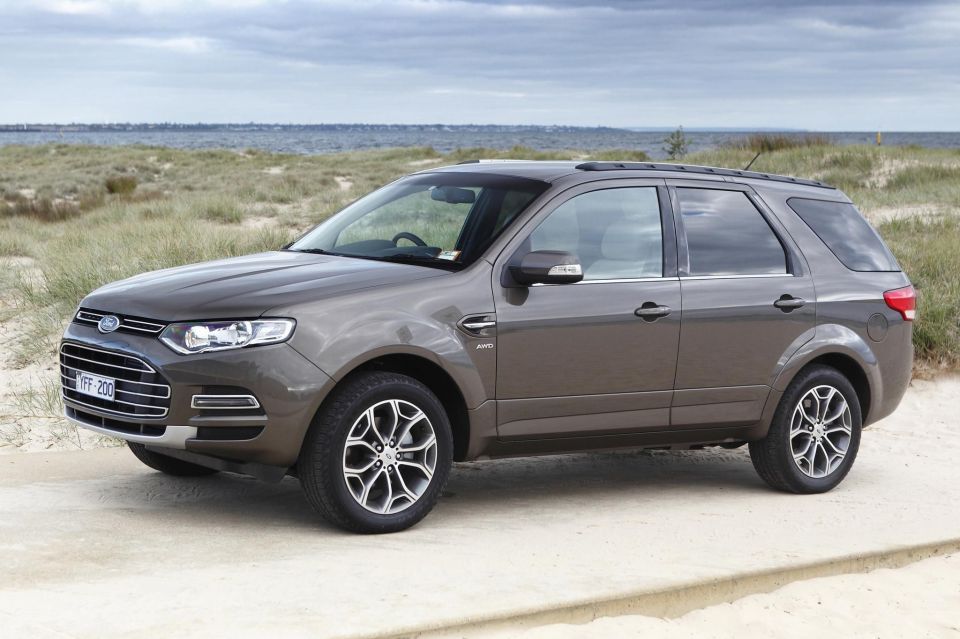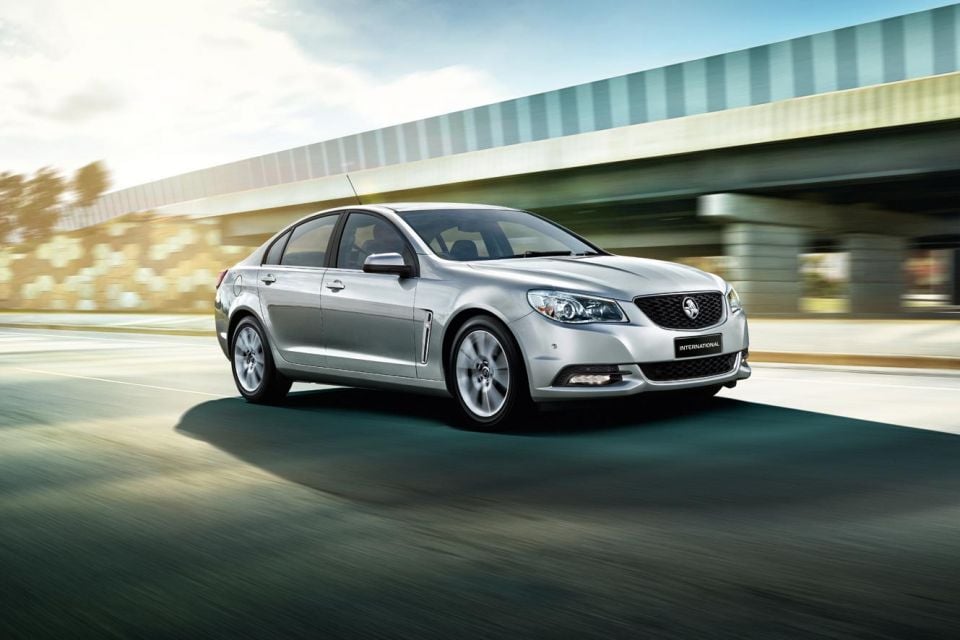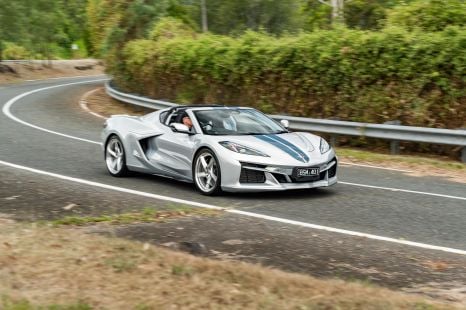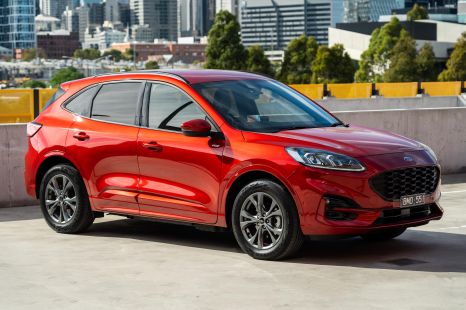

Ben Zachariah
Video: Off-road battle for Beer O’Clock Hill has automakers scrambling
16 Hours Ago
After three months of solid price increases, the used car market showed signs of slowing in April – which should mean prices will start coming down.

Marketplace Journalist


Marketplace Journalist
While the ripple effects of conflicts overseas have helped to drive up used car prices, April was the first month this year where that growth showed signs of slowing.
The recent increase in prices came in contrast to the downward trends of the second half of 2022 and 2023, during which time vehicle production was recovering from the shortage of semiconductor chips.
Moody’s Analytics said the April figures – where its Used-Vehicle Price Index increased by only 0.15 per cent – were in line with its expectations.
This modest growth comes after used vehicle prices rose 1.8 per cent from February to March. The index for April is 4.9 per cent lower than a year earlier.

The used car segment increased by 1.1 per cent from March to April, while used utes and SUVs decreased 0.15 per cent.
The slowdown in overall used vehicle price growth was driven by the first decline in used prices for utes and SUVs of 2024, though the pace of the expected downturn is expected to be slower than that of 2023.
Moody’s Analytics forecasts a continued decline in the used vehicle market due to improvements in supply and the negative impact of high interest rates.
The financial intelligence company attributed part of the expected decline to the growth of global vehicle supply, with improved new vehicle supply in Australia set to put downward pressure on used vehicle prices.

Downward pressure is boosted by lingering inflation and high borrowing costs, which are expected to continue to soften spending and have flow-on effects in the used vehicle market.
Moody’s Analytics associate economist Catarina Nero said the forecast was “susceptible to upward price pressures”.
“Any additional disruptions in the supply chain, or prolonged issues stemming from the Red Sea situation, could compel car manufacturers to raise prices in response to escalated transportation costs,” she said.
“Such adjustments would not only impact the new-vehicle market but would likely ripple through to the used-vehicle market as well.”
While prices may be coming down and are 14.3 per cent lower than their peak in May 2022, they’re still 47 per cent higher than the pre-pandemic level in April 2019.
Max Davies is a CarExpert journalist with a background in regional media, with a passion for Japanese brands and motorsport.


Ben Zachariah
16 Hours Ago


CarExpert.com.au
24 Hours Ago


Damion Smy
2 Days Ago


Damion Smy
2 Days Ago


Damion Smy
2 Days Ago


Damion Smy
2 Days Ago